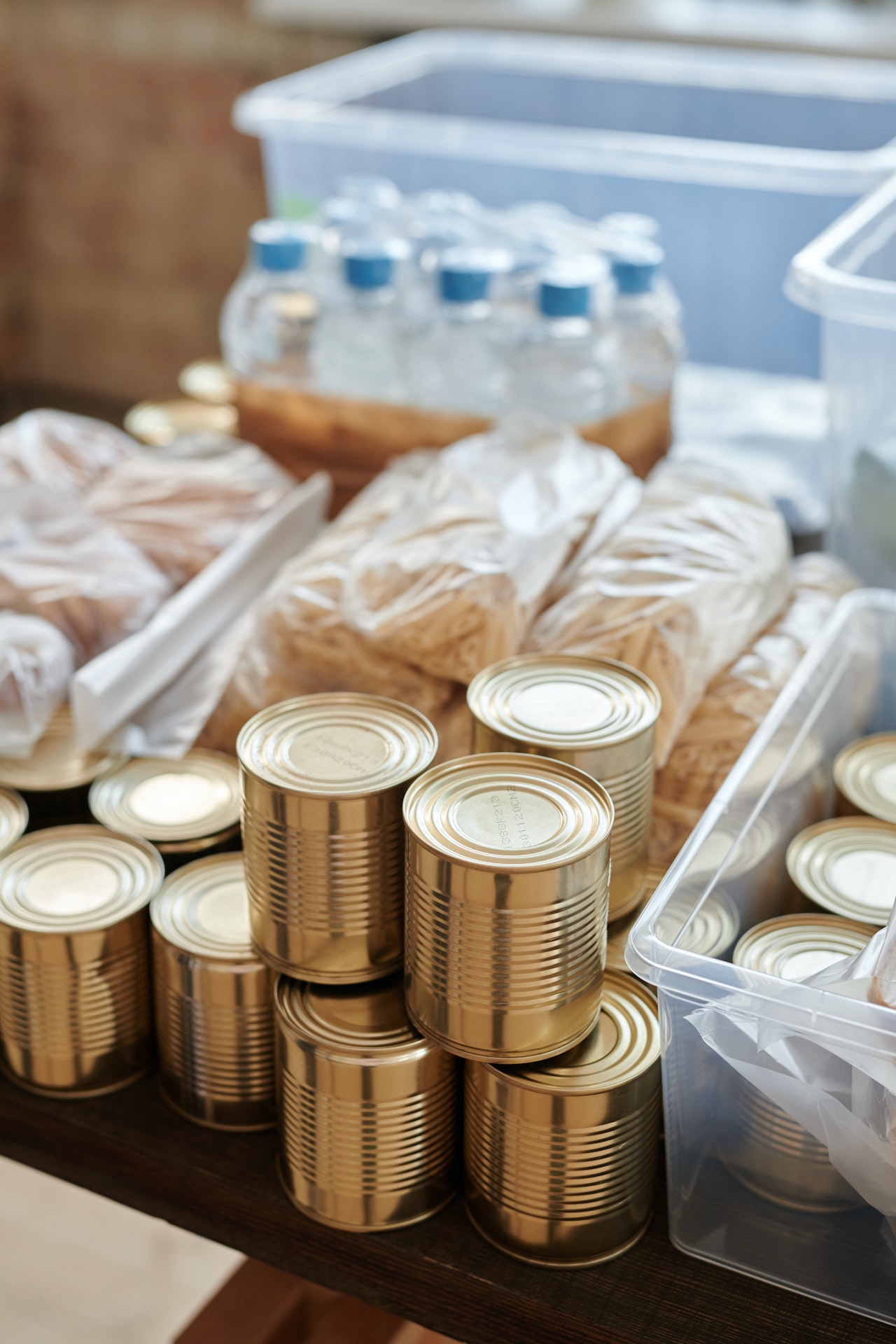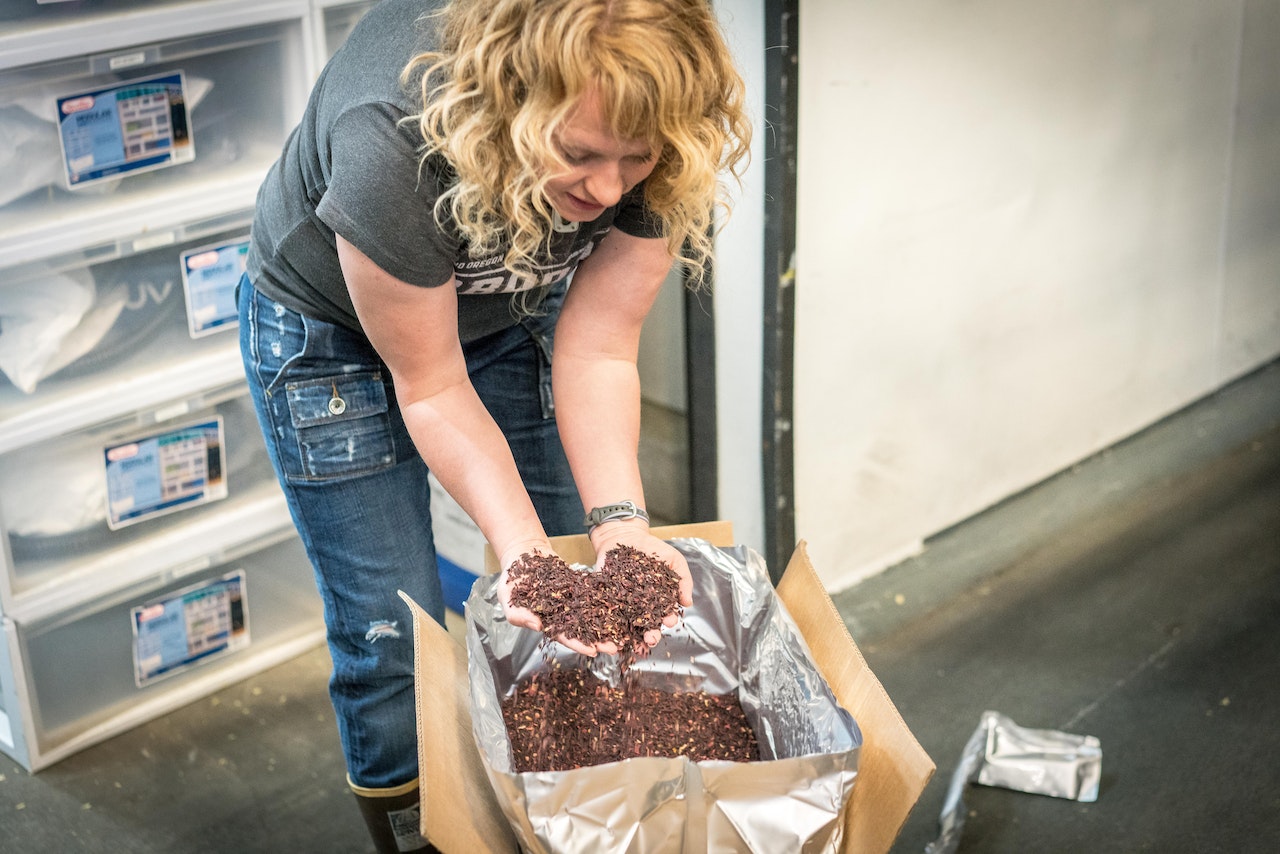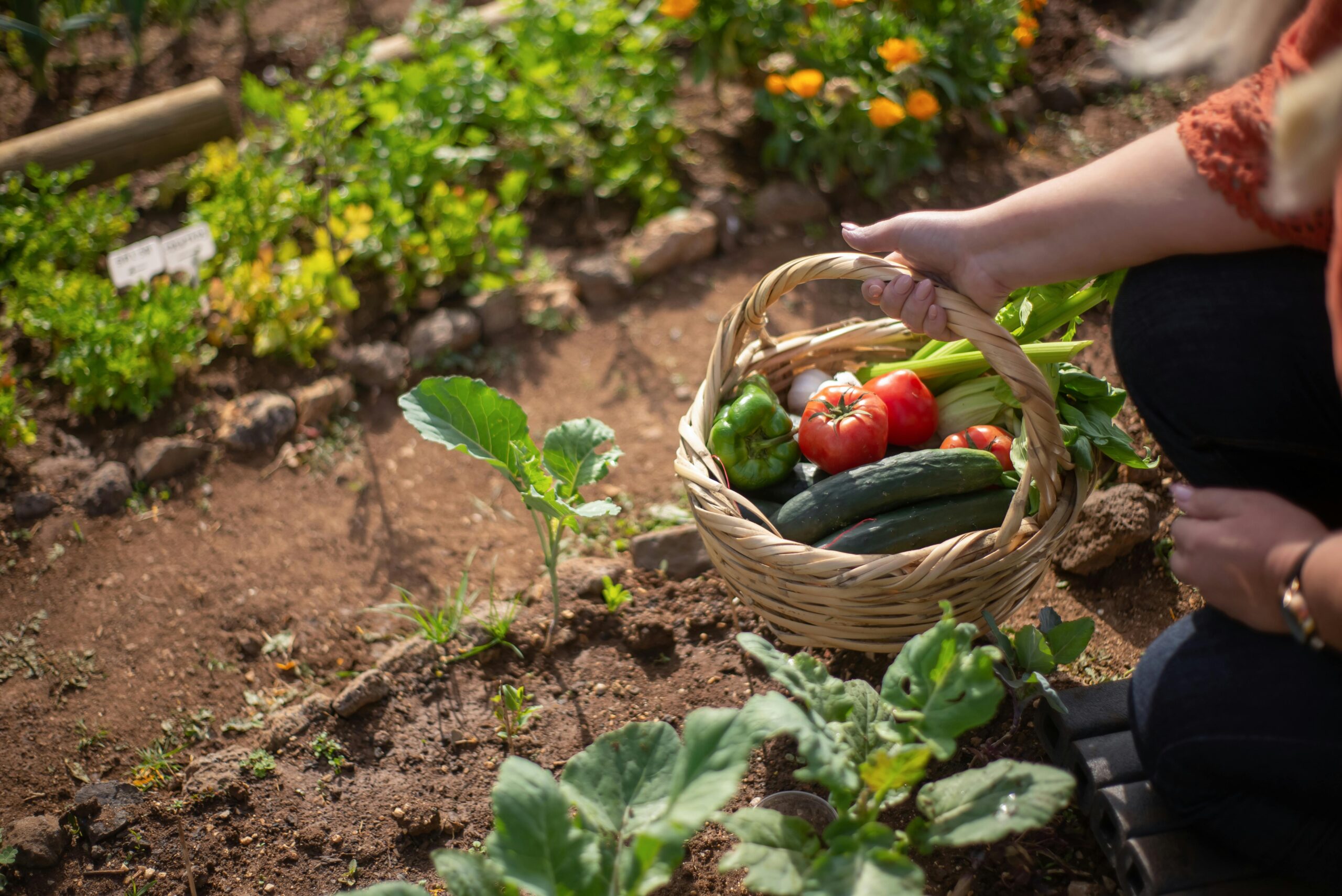By Lena Khrupina Source: Pexels
Ensuring a steady food supply, especially in uncertain times, is of paramount importance. An ancient method, now refined with modern techniques, offers an effective solution: dehydration. Food dehydration is not just about prolonging food shelf life, but also about preserving its nutritional goodness. Let’s embark on a detailed journey of understanding how to dehydrate various foods and the nuances of storing them.
Table of Contents:
- Why Opt for Dehydration?
- Tools of the Trade
- The Art of Preparing Food for Dehydration
- Dehydration Process Detailed
- Conditioning: A Crucial Yet Overlooked Step
- Packaging for Perfection
- Proper Storage: The Key to Longevity
- Tips for Getting the Most Out of Dehydrated Foods
- Conclusion
1. Why Opt for Dehydration?
- Minimize Wastage: Turn excess produce into a resource for later.
- Extended Shelf Life: Some dehydrated items can last several years.
- Space-efficient: Dehydrated foods take up significantly less space.
- Lightweight: Essential for campers or hikers.
- Nutrient Conservation: Most essential minerals and vitamins are retained.
2. Tools of the Trade
- Dehydrator: Electric machines with trays; they circulate dry, warm air across the food.
- Oven: An alternative, but it often lacks the precision of a dehydrator.
- Air-tight Containers: Essential for storing dehydrated food.
- Vacuum Sealer: Extracts air from storage bags, prolonging shelf life.
- Labels & Permanent Marker: For clear identification.
3. The Art of Preparing Food for Dehydration
- Vegetables: Clean thoroughly. Blanching certain vegetables (like carrots) can extend storage life.
- Fruits: Clean, peel if necessary, and cut uniformly. Use lemon juice to prevent browning in fruits like apples and bananas.
- Meats: Opt for lean cuts, trim fat, and slice into consistent pieces.
4. Dehydration Process Detailed
- Setting the Right Temperature:
- Fruits: 130°F to 140°F
- Vegetables: 125°F to 135°F
- Meats: 145°F to 155°F
- Arrangement: Place the slices without overlapping, ensuring even airflow.
- Duration:
- Fruits: 4-12 hours (depends on the fruit type and slice thickness)
- Vegetables: 6-16 hours
- Meats: 4-15 hours
- Checking Doneness:
- Vegetables: Should be crisp.
- Fruits: Pliable but not sticky.
- Meats: Tough but not brittle.
5. Conditioning: A Crucial Yet Overlooked Step
Even after dehydration, tiny moisture pockets may remain. Conditioning ensures even distribution.
- Place the dehydrated items in a large container, 2/3 full.
- Store sealed for 7-10 days, shaking occasionally.
- If moisture appears, re-dehydrate.
6. Packaging for Perfection
- Cooling: Before storing, allow the food to cool down.
- Vacuum-sealing: Ideal for long-term storage.
- Airtight Containers: Suitable for short to medium-term storage.
- Mason Jars: Ensure a good seal.
7. Proper Storage: The Key to Longevity
- Temperature: Store in cool places, ideally below 60°F.
- Light: Exposure to light can degrade food quality. Store in dark places.
- Moisture: Ensure the storage area is dry. Silica gel packets can be added as extra protection.
- Regular Checks: Inspect for signs of spoilage or moisture regularly.
8. Tips for Getting the Most Out of Dehydrated Foods
- Rotation: Rotate stock, using the oldest first.
- Rehydration: Rehydrate by soaking in water. Time varies based on food type.
- Incorporation in Meals: Dehydrated foods can be added directly to soups and stews.
9. Conclusion
Dehydrating foods is a fantastic way to ensure a long-lasting supply of essential nutrients. With the correct techniques, one can store foods for emergencies, hiking trips, or simply for convenience. It’s a journey of understanding the intricacies of food, moisture, and preservation. With patience and practice, the rewards, both in terms of taste and nutrition, are immense.
Remember, proper storage is the key. Even the best-dehydrated food can go bad if stored improperly. Dedicate some time to regular checks and ensure your storage conditions remain optimal. Here’s to a journey of flavor, nutrition, and self-sufficiency!



